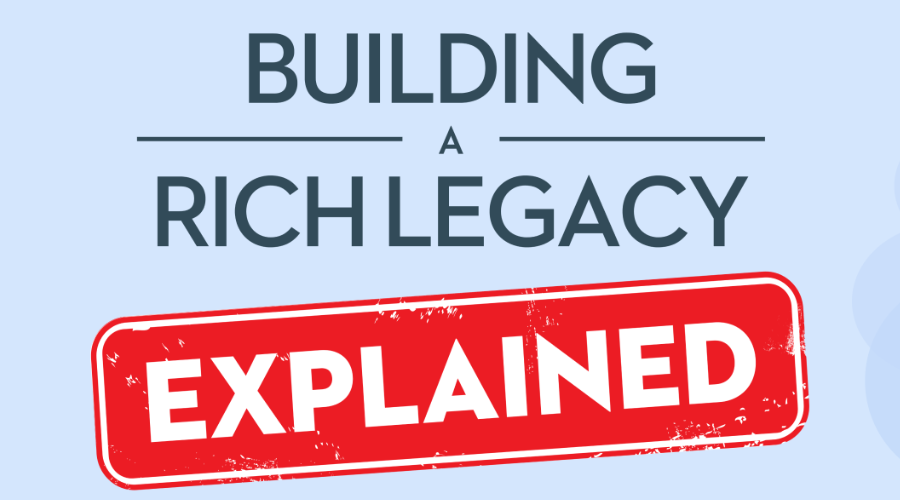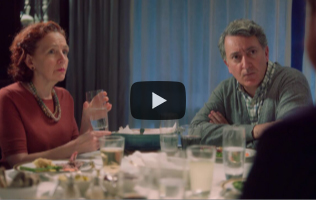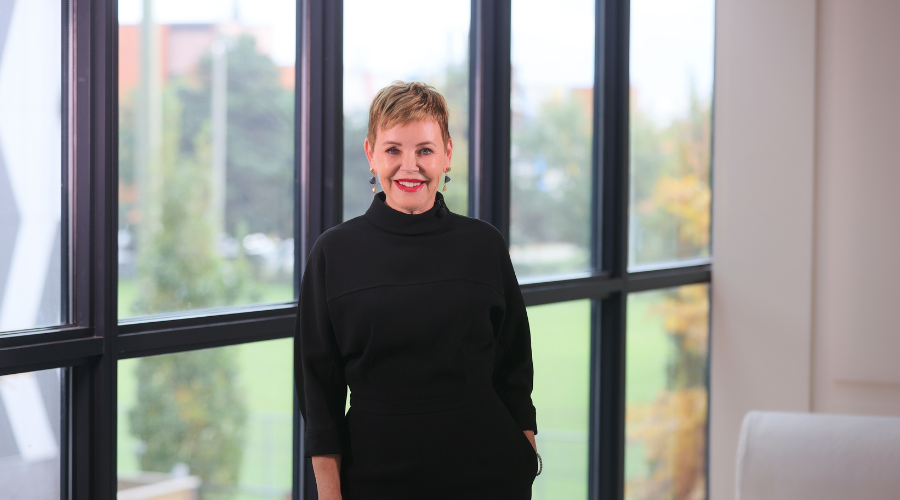Let’s face it, even under the best of circumstances it can be difficult to entirely fund your retirement, especially when it could represent a third of your life. Add high inflation, market volatility and higher interest rates in today’s economic environment, and it is even more important to leave no stone unturned and explore all of your funding options.
We often talk about the retirement basics. This includes your savings, money tucked away in a TFSA or investment portfolio, some have been diligent and consistently contributed to their RRSPs, others have had the luxury of a company pension plan (although they are becoming more and more scarce), and almost all Canadians will turn to government programs to support their retirement lifestyle.
However, for many, even if they tried to save via some, or all, of these products, it still may not be enough.
Here’s one reason why. According to the Office of the Superintendent of Financial Institutions, retirement for a woman aged 65 today could go beyond another 26 years. For men, an additional 24 years. And these numbers do not include future mortality improvements. We are living longer, healthier, and more productive lives. As a result, we need to understand some of the financial products that could help us live our best lives in retirement without the fear of outliving our money.
Pros and Cons of some Retirement Financial Products
Let’s explore the pros and cons of a few options.
A HELOC or Home Equity Line of Credit:
Some of the highlights of this product include lower interest rates than credit cards, tax deductible interest, and flexible withdrawal and repayment programs. However, it is equally important to appreciate the downside risks. For example, your home becomes collateral for the loan, your home equity stake is reduced by the amount borrowed, interest rates could go higher and, a big one, there can be a very real temptation to run up a big balance very quickly.
Downsizing your home:
For many, a reasonable retirement strategy was to build up the equity in their home and then, when the time came to retire, downsize and use the excess proceeds to help fund their retirement.
This could absolutely work if you not only downsize your space, but your cost structure as well. If you still have a mortgage, you could be spending less on payments resulting in more money in your pocket. Less space can reduce costs and result in lower utility bills, reduced consumption and potentially free up time otherwise spent on home maintenance.
However, if downsizing, you should ask yourself, “will I be ok with less space, maybe a less prestigious location and all the expected lifestyle changes that will accompany this?” Downsizing also often means leaving the home and community you love, which is why a vast majority of Canadians would prefer to age in place.
Reverse Mortgage:
As the population ages, the desire for retirees to continue living in their home has been escalating. It isn’t surprising that the CHIP Reverse Mortgage is growing in popularity. One of the long-term fears – that you lose the title to your home – is unfounded. You maintain the title and control of your home as long as you pay your property taxes and insurance and maintain the property. The clear benefit is that, if you are over the age of 55, you can receive some of the value you have built up in your home tax-free and can spend and receive the money as you wish. There are no monthly mortgage payments until you decide to move or sell, and you will never be liable for any amount of mortgage that exceeds the value of your home as long as all of the conditions are in good standing. The best part? You only need to take what you need!
However, this product is no different than the others; you must consider all the facts. While there are no monthly mortgage payments required, interest rates can be higher than other lending options and over time the balance of the loan increases.
These are simply a few considerations. Some funding will be long term, others for shorter durations. This isn’t a one size fits all scenario. It isn’t about being right or wrong. It is about choice and exploring all of your options.
So, remember you do have choices and options. My hope is that understanding the pros and cons will help lead you in the right direction. Give yourself permission to explore and evaluate for yourself!
Pattie – PLR@heb.ca






























